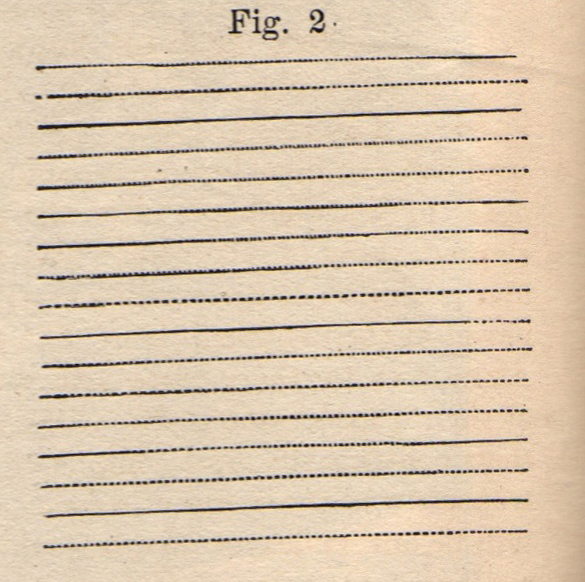
Grooves from the original phonograph recording, reproduced in Scientific American in 1877.
Most of us do not process audio recordings in a vacuum. There is a visual dimension to our aural world. Although, sadly, liner notes are impoverished in the digital realm (although not absolutely or irrevocably so), we still have a world of visual information when navigating sound in digital spaces. Whether digital or analog, sights and sounds coevolve. This may sound overly simplistic, but just under the surface, things get complex. When you drill down into the relationship between audio recording and its associated visual media, a complex ecosystem of delivery technologies, mechanical inventions, distribution channels, and marketing efforts emerges. We might begin to explore this complexity by looking at some artifacts. Fortunately, the recording industry is an artifact-generating machine.
Recent comments
2 years 29 weeks ago
2 years 44 weeks ago
2 years 44 weeks ago
2 years 50 weeks ago
3 years 4 weeks ago
3 years 4 weeks ago
3 years 4 weeks ago
3 years 6 weeks ago
3 years 6 weeks ago
3 years 6 weeks ago